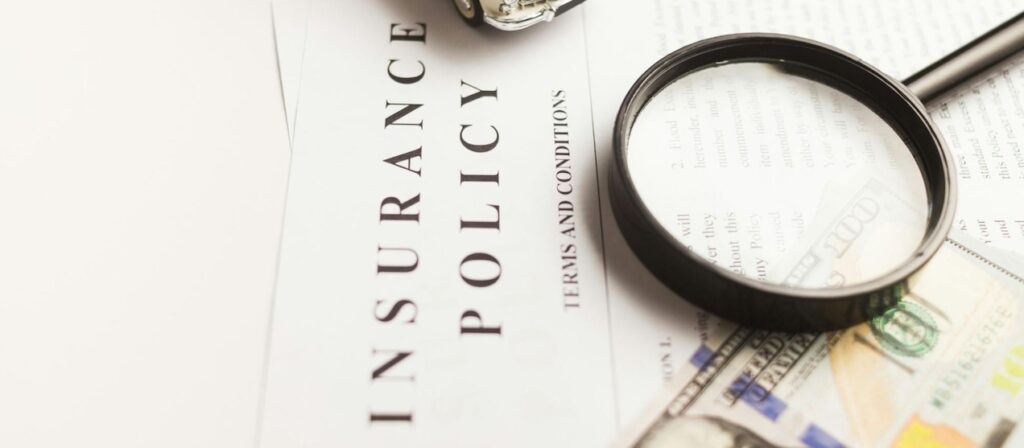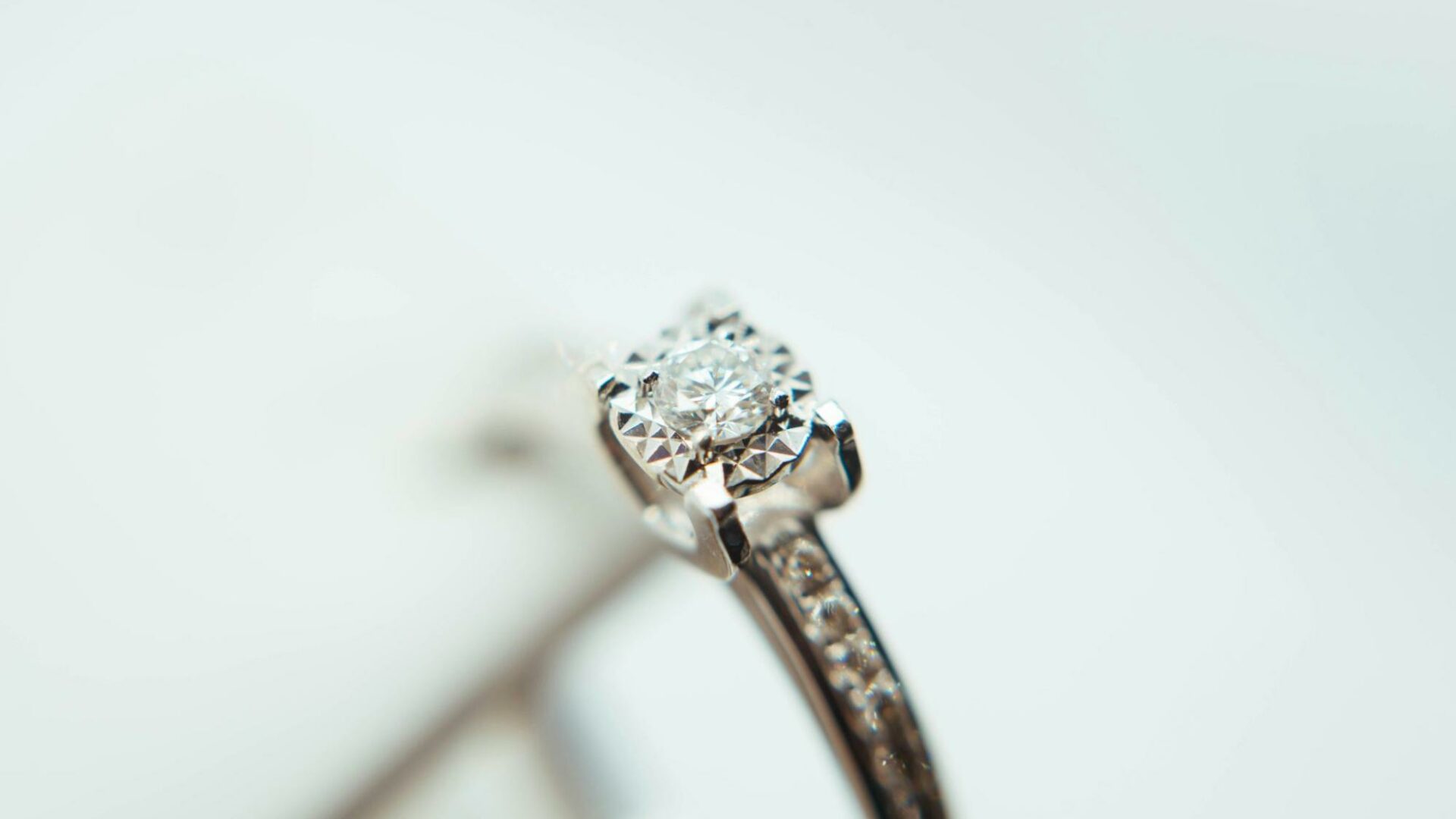As lab-grown diamonds gain popularity due to their ethical and environmental benefits, many people are concerned about whether items containing lab-grown diamonds, such as rings or necklaces can be insured, and how their insurance differs from natural diamonds. Let’s explore the specifics of insuring lab-grown diamonds and what you need to be aware of when selecting a policy.
Can You Insure a Lab-Grown Diamond?
In short, yes. It is strongly advised to insure your jewellery or engagement ring featuring lab diamonds. You may obtain specialized jewellery insurance or add a rider to your homeowner’s policy. However, there are a few distinctions between lab-grown and natural diamonds that are worth knowing when it comes to insurance.
Lab-Grown Diamonds vs. Natural Diamonds: What’s the Difference for Insurance?
There are certain distinctions between lab-grown and natural diamonds that are worth mentioning, even though they may seem the same and are typically covered by comparable insurance.
- Value and Appraisal: You know that the two types of diamonds have the same appearance and are identical, but the value of each differs since lab-grown diamonds have lower market value. Each diamond has a unique premium and coverage level. So, insurance companies will evaluate your jewellery to determine its worth.
- Coverage: Loss, damage, and theft are common hazards, and insurance helps make sure that your jewellery, whether it’s your lab diamond engagement ring or a special bracelet, is safe from these threats. Because of its lower market value, a lab-created diamond may have less compensation if you need to submit a jewellery insurance claim.
- Replacement: If a claim arises, the insurance company could offer to swap out the diamond. Since lab-grown diamonds can be created more quickly and cheaply than real diamonds, replacement is frequently quicker and more economical. The procedure might take longer for natural diamonds, particularly if they have unusual qualities.
- Cost of Premiums: Since lab-grown diamonds are often less valuable than real diamonds, lab-grown diamond insurance rates may be less expensive. The cut, carat, clarity, and colour of the diamond will still determine the insurance premium, though.
Potential Hurdles of Lab Diamond Jewellery Insurance
Several possible obstacles and crucial considerations need to be taken into account when insuring lab-grown diamond pieces:
- Reluctance of Insurers: Even though most insurers cover lab-grown diamonds, some might not know as much about them as they do about genuine diamonds. This can cause resistance or particular terminology for stones created in laboratories. It’s crucial to find out upfront whether your insurance covers lab-grown diamonds under any particular policies or restrictions.
- Various Appraisal Procedures: Since not all jewellers have experience appraising lab-grown diamonds, specific evaluations may be necessary. It could require more work to locate a professional diamond appraiser who can correctly determine the grade and market worth of lab-grown diamonds.
Factors That Affect Insurance Coverage
The lower market value of lab-grown diamonds impacts their insurance coverage, making it important to understand how their size and total worth influence your premiums.
- Size and Total Worth: Although larger lab-grown diamonds have a better worth than a natural diamond of the same size, they will nevertheless fetch higher premiums. This size-value connection will affect the insurance premium and overall coverage.
- Precise Evaluations and Certifications: You must be certain of your lab-grown diamond’s exact value to obtain the appropriate insurance coverage. A certificate from a reputable organization, such as the GIA or IGI, can help with that. They will describe its size, colour, and clarity, among other details. The insurance provider can ensure that you are receiving the appropriate level of coverage with the help of this certificate.
Limitations or Exclusions for Lab-Grown Diamonds
The key issues are broken out as follows:
- Value Depreciation: Lab-grown diamonds may be subject to value depreciation over time in certain insurance plans. This implies that the reimbursement in the case of a claim can be lower than the purchase price at first. It’s critical to know if depreciation is taken into consideration by your insurance provider.
- Replacement vs Payout: As we mentioned some insurance companies may offer to replace the lab-grown diamond with a different one instead of making a payout. Always confirm whether your policy offers replacement or cash compensation in the event of a claim.
- Policy Exclusions: Certain scenarios, including losing the diamond in a dangerous location or particular kinds of damage, such as wear and tear, may not be covered by the policy. To learn about any restrictions on lab-grown diamonds, always read the tiny print.

How to Insure Diamonds Grown in Labs
If you own jewellery with lab-grown diamonds, follow these steps to ensure it is properly insured:
- Obtain an Appraisal: To assess your stone, choose a gemologist knowledgeable about lab-produced diamonds. You will learn its quality and worth from this analysis.
- Locate Insurance: Seek out insurers who will cover jewellery, particularly diamonds created in laboratories. You might inquire with your house insurance company or with specialty jewellery insurers. To prevent issues, find out if they have ever had insured items with lab-created diamonds before.
- Select the Appropriate Insurance: Decide on replacement or cash value coverage. While cash value coverage compensates you based on the diamond’s market worth at the time of the loss, which may have decreased, replacement coverage guarantees you receive a comparable diamond if yours is lost.
Cost of Insuring Lab-Grown Diamonds
Insurance prices for lab-grown diamonds are frequently lower than those for real diamonds since they are less valuable. Approximately 1% to 2% of the diamond’s worth may be your annual payment. Therefore, insurance for a $5,000 lab-grown diamond may run from $50 to $100 a year.
Complete Protection Tips
Make sure a variety of hazards are covered by your policy, including unintentional loss, theft, damage, and even inexplicable disappearance (where the diamond’s disappearance isn’t immediately apparent). Make sure the diamond is covered by the coverage both at home and on the road. You might need to present documentation in the event of a claim, so keep your certifications and appraisals up to date.
Crucial Questions You Should Ask Your Provider
- Do you have any special guidelines for lab-grown diamond insurance?
- Will damage, theft and unintentional loss be covered by the policy?
- Are claims for lab-grown diamonds treated differently than those for real diamonds?
- How frequently should my diamond’s evaluation be updated?
- Is there global coverage under the insurance, or are there regional exclusions?
Do Lab-Grown Diamonds Maintain Their Insurance Value?
Diamonds created in laboratories could lose their guaranteed value. The resale value of lab-grown diamonds is sometimes lower than that of natural diamonds because of their prolific and quick manufacture. Insured values may start higher but may eventually fall as the market adjusts to more supply. While determining rates and coverage, insurers take these market trends into account.
Now you know all the essentials about the insurance policies for lab-grown diamonds. Make sure to insure your jewellery and prevent future threats.

